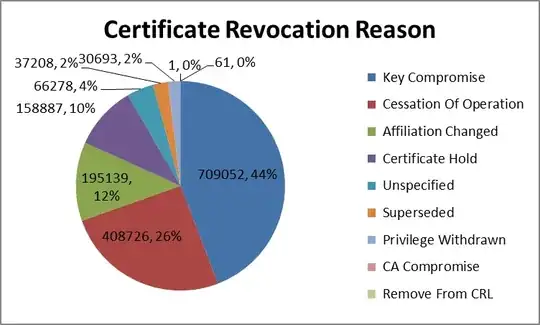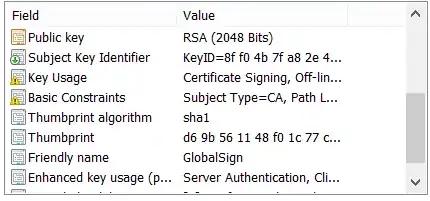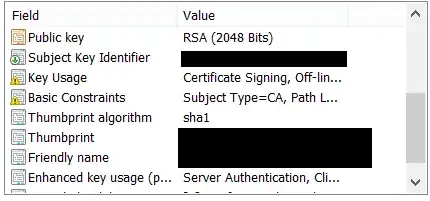Based on my understanding of your question, you are trying to prove that your employer is intercepting and inspecting your HTTPS traffic.
Ok, you've found your company's CA cert in your java trust store. That tells us that they have the ability to perform the MitM attack that you are describing, but it does not prove that they are actually doing it. That cert may be there for a completely legitimate reason, like for example so your VPN client can authenticate the VPN server, or so you don't get certificate errors when connecting to internal network resources.
To be sure that they are inspecting HTTPS traffic, you need to actually catch them in the act. When you make a TLS connection that you suspect of being MitM'd, look at the server cert you are presented; if it chains to your company's CA then that connection is being MitM'd and you'll have proof, but if it chairs to a publicly trusted CA then it's secure.
You'll need to do some digging about the java application you're using to figure out how to see the details of each TLS connection (you may be able to do this through JVM settings, but I'm not sure). Browsers, for example, are quite good about showing you the details of the TLS connection.




